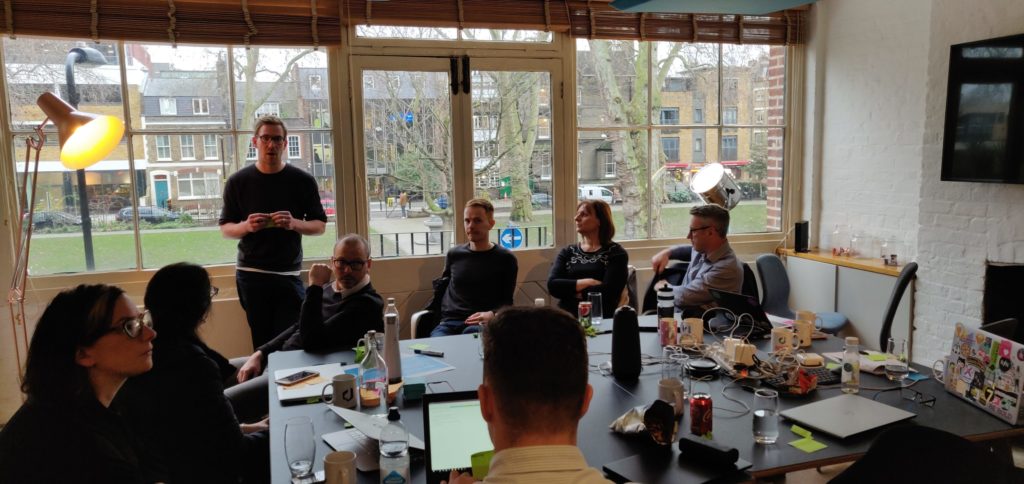Feedback
The provided reports clearly articulate the need for this piece of work, with strong emphasis placed on explaining the production of prototypes. The team should consider providing better explanation for the research done and dedicating more time to market research, explaining how this work can fit with existing housing repairs tech stacks and back office systems, and exploring other elements of a typical alpha project.
In the recommendations report, the team explored four options for taking the project forwards and provided additional recommendations for developing and maintaining a pattern for the service. The presented options could benefit from more detailed analysis to support the viability of the recommended option as well as others. Market research and understanding of existing system and supplier dependencies would provide further evidence for taking forwards the chosen option.
The user research report has a strong narrative about the work done. It provides a good overview of users and their needs. User quotes are well placed across the report and help support the findings. The report also outlines research limitations, including a limited number of users that took part in user research – 8. The team should consider how the limitations can be addressed before progressing into the next stage of delivery and ensure that the needs of digitally excluded groups are properly accounted for.
The team produced two versions of the prototype, which followed from user testing sessions with end users and housing repairs officers. The prototypes make use of GOV.UK pattern library and incorporate iterations of content design. Drawing comparisons with existing solutions could help the reader better understand the improvements made in the new prototype. The team should also focus on further iterating and finalising the prototype via research and user testing.
The provided business case provides a high level view of potential savings that can be realised by one authority, a group of four authorities and nationwide. The business case can be further strengthened by identifying the number of councils in the UK who are able to and willing to adopt this service, this will support in demonstrating the demand for the service. The team should also consider how to make the benefits analysis more robust and provide detailed calculations for the provided numbers. Providing rationale for how the project will ensure that 20 local authorities a year come on board would make the report more feasible.

 Department for Levelling Up, Housing and Communities
Department for Levelling Up, Housing and Communities